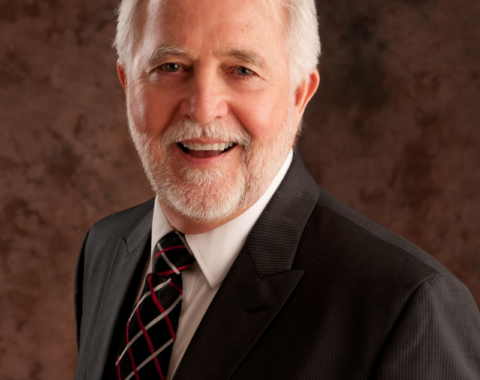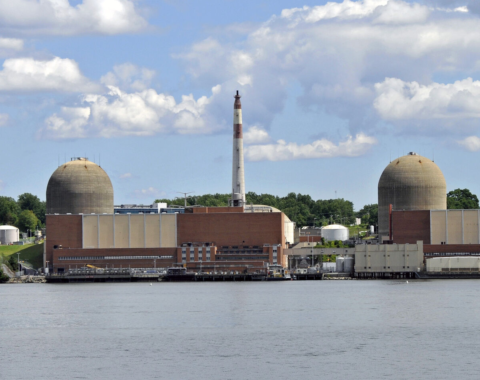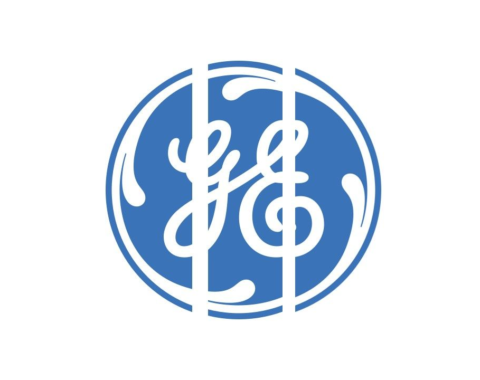It looks like the Tokyo Electric Power Company (TEPCO) will have to dump the radioactive water they have collected from the crippled Fukushima nuclear power plants into the Pacific Ocean.
TEPCO has collected more than 250 million gallons of contaminated water from the cooling pipes used to keep fuel cores from melting since the plant was destroyed by the Tohoku earthquake and tsunami in 2011 and just have no more room to store it.
We are told that putting this contaminated water into the ocean will not be harmful as it is mainly contaminated with tritium, the least radioactive, and least harmful, of all radioactive elements. All of the other radioactive elements have been removed by chemical treatment and the number of other elements still in the water is relatively small and would not pose a health hazard. However, the Japanese government is waiting on a report from an expert panel before making a final decision, and TEPCO already indicated that they will abide by whatever the government decides.
However, a slow release of the tritium-contaminated water into the Pacific Ocean should be considered. Tritium is a low (very low) energy level radioactive isotope of hydrogen and it has two neutrons and one proton. Its radioactivity is so low that no environmental or human problem has ever come from it, even though it is commonly found in our environment. It is formed naturally by atmospheric processes, as well as, at nuclear power plants and nuclear weapons testing.
No harm has ever come to humans or the environment from tritium, no matter what the concentration or the dose.
Although you may have heard that tritium is carcinogenic this claim is really ONLY hypothetical, since no adverse health effects from tritium have ever appeared in humans or in the environment. Only laboratory studies on mice at extremely high levels have shown any adverse health effects and even they were not fatal, even after ingesting 37,000,000 Becquerel per liter (Bq/liter).
So, gradually releasing this tritiated water into the ocean is without doubt the best way to get rid of it. Concentrating it and containerizing it is more of a hazard to people and the environment. And is also very expensive with no apparent benefit.
Unfortunately, the idea of releasing any radioactivity makes most people cringe, and that is the problem – perception versus reality. The world today is bombarded with too much information, of which, a lot is not based on facts, these wrong ideas – created by misinformation – cause public opinion to sometime choose perception over the facts, wasting precious resources and time.
The scientific reality is that tritium emits an incredibly weak beta particle that is easily stopped by our dead skin layer. It only goes a quarter of an inch in air and even ingestion of tritium doesn’t do anything because its biological half-life is only 10 days. Therefore, ingestion of this weak emitter doesn’t have the same effect as most other ingested radionuclides.
In fact, the health risks of tritiated water is so low that the countries of the world have no idea what regulatory limits they should place on it. Using Becquerel per liter (Bq/liter) as the concentration unit, a Becquerel is a disintegration of a single nucleus per second, and in the United States we have a tritium limit of 740 Bq/liter for drinking water, but Canada’s limit is 7,000 Bq/llter , in Switzerland the limit is 10,000 Bq/liter, and in Australia the limit is a whopping 76,103 Bq/liter.
How these limits were established is unknown but they are not health based – it appears they were taken out of thin air and chosen because they were easily achievable as none of these levels, or a hundred times these levels, is harmful.



